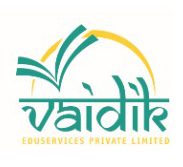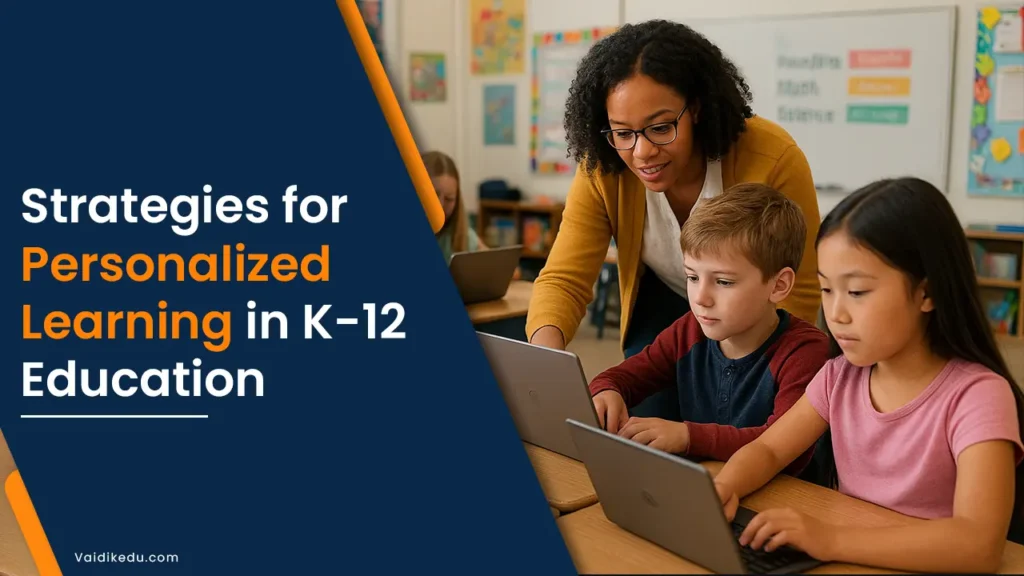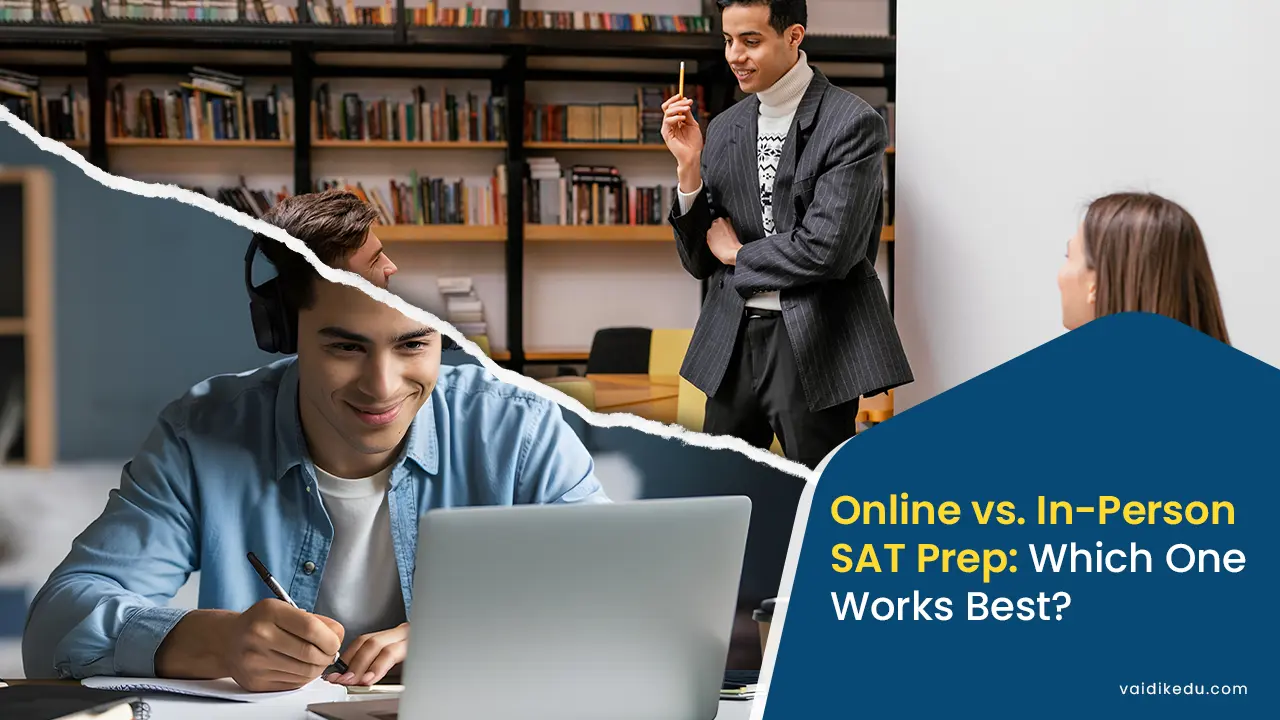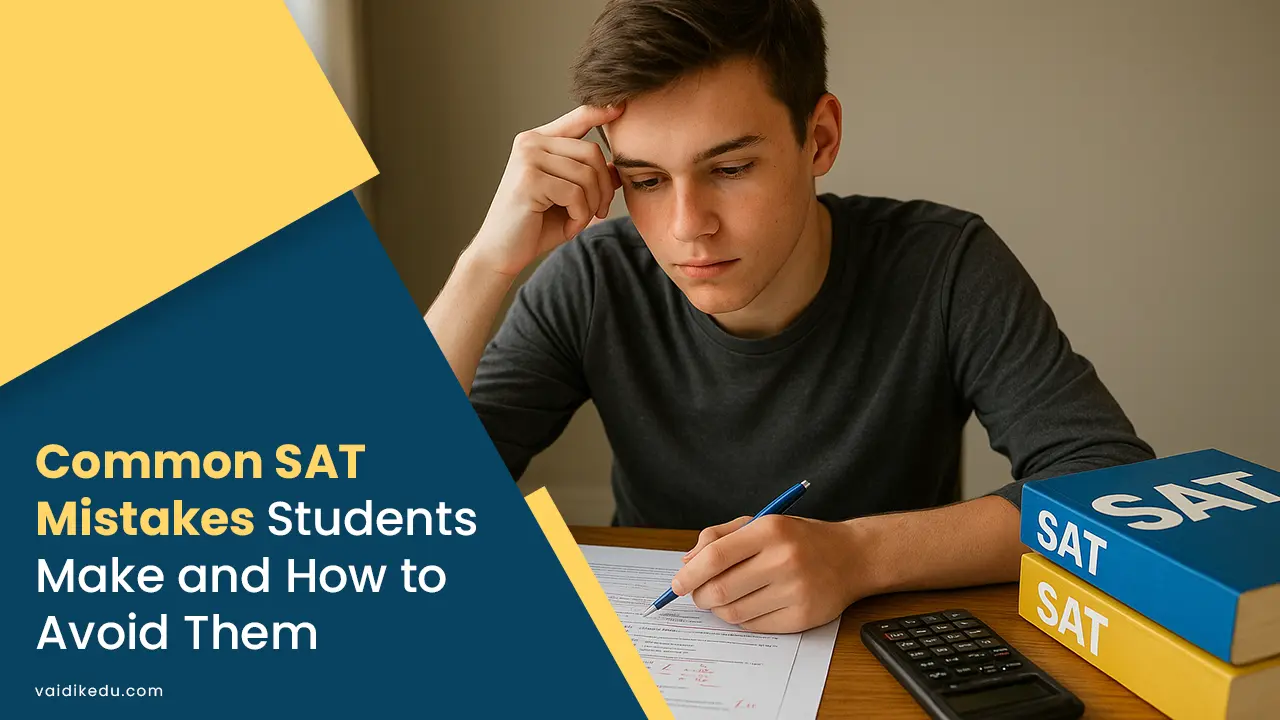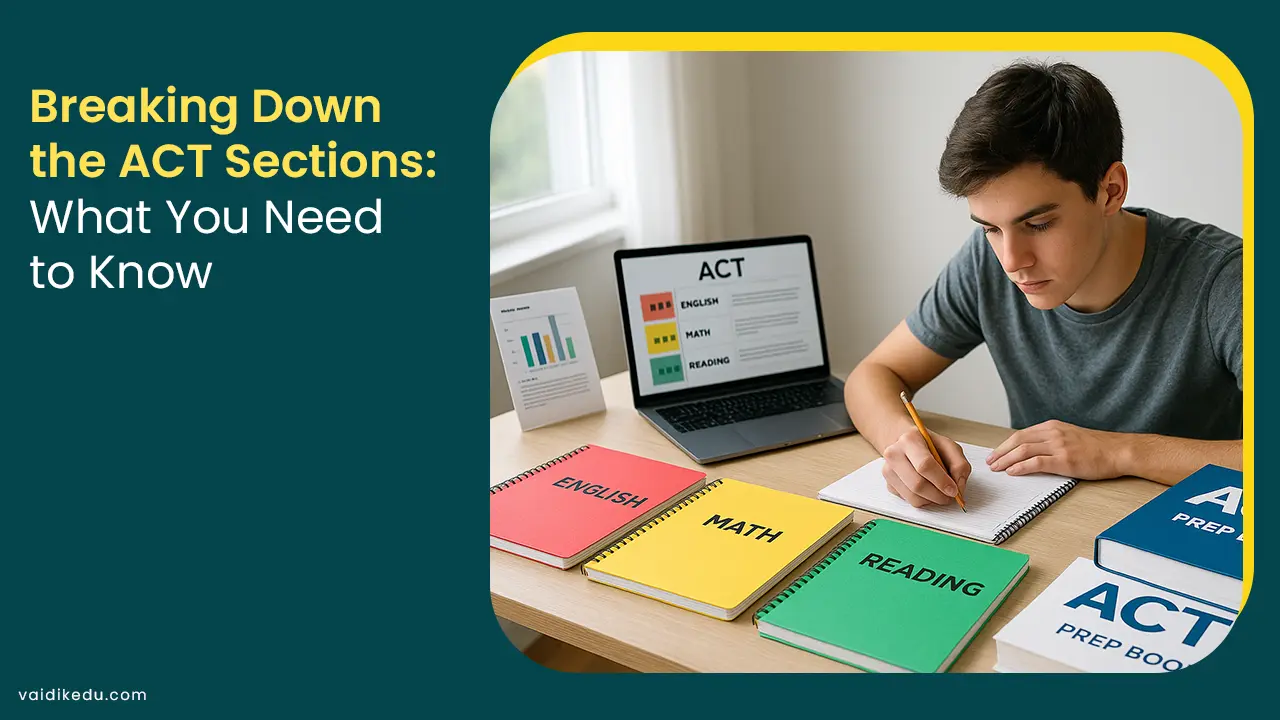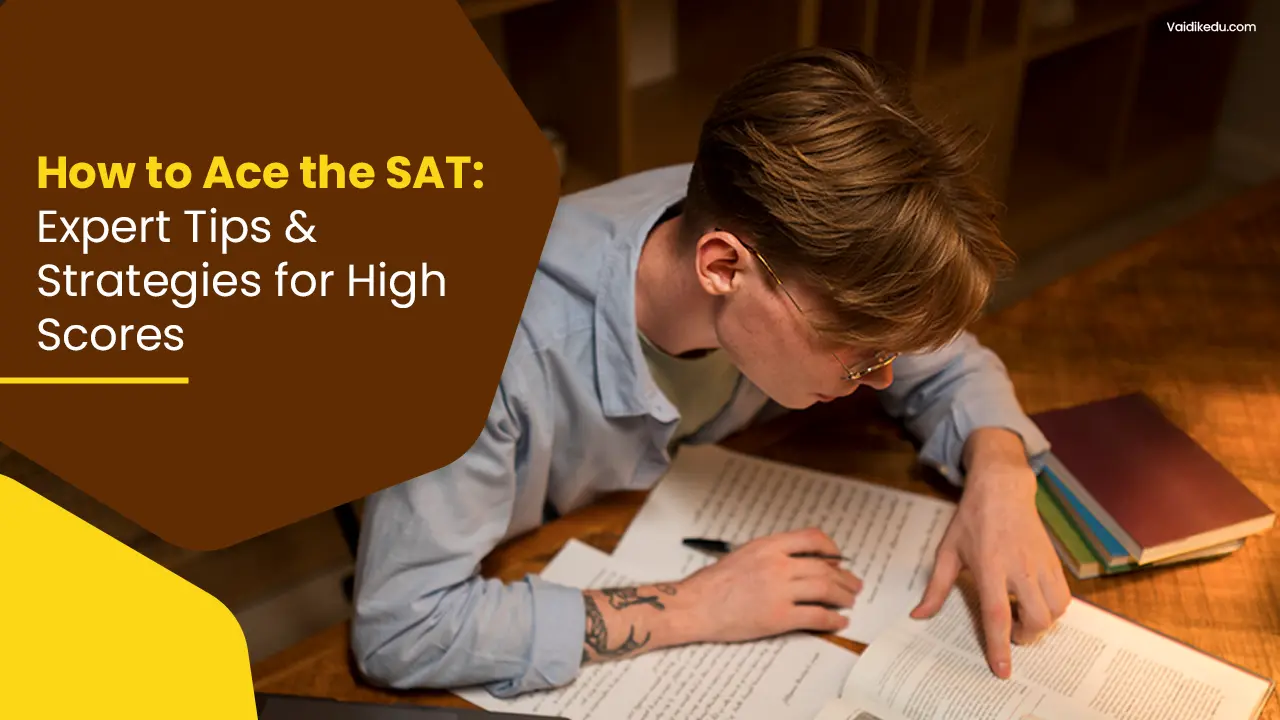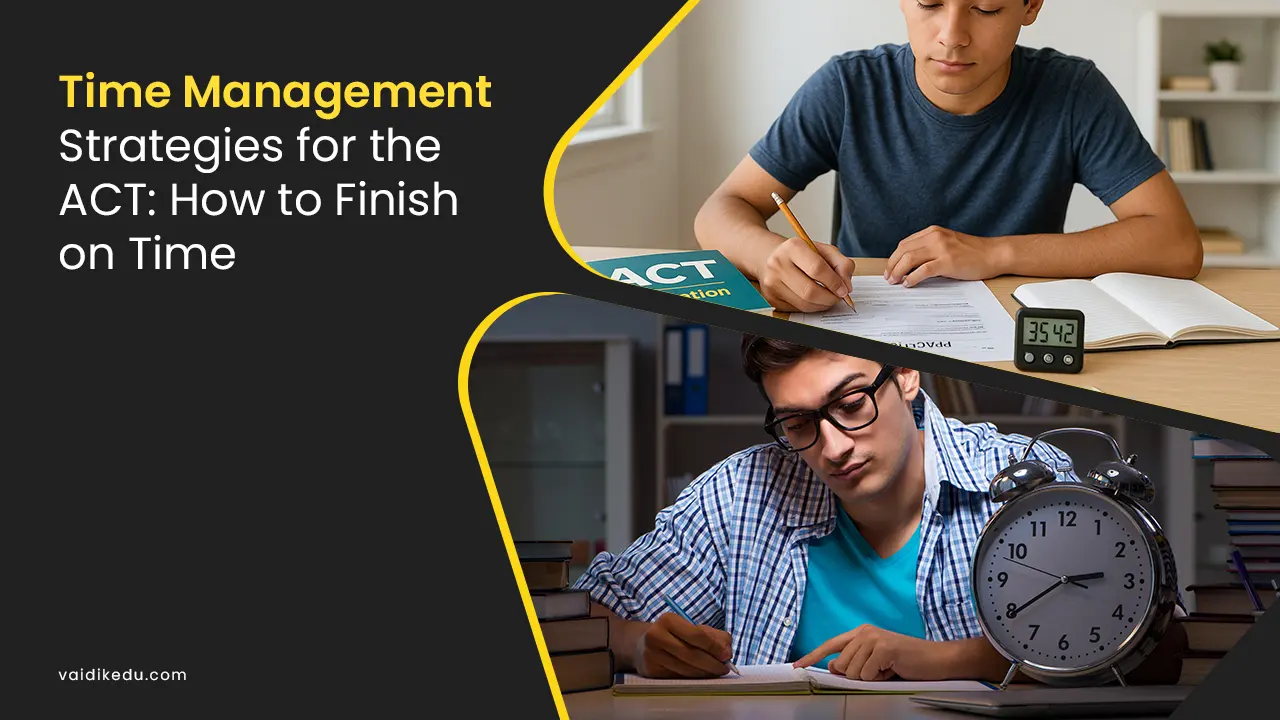The teaching of previous years was like one -size one-size-fits-all. The same mode of education was followed for all learners. But today this mode of teaching is changing. New methods focus on the unique needs and interests of each student.
Personalized learning has become a powerful strategy in K-12 education. It helps engage students. The lessons are customized for individual learners. In this way, the outcomes of the entire process are improved.
Strategies For Implementing Personalized Learning
- Understanding Personalized Learning
Personalized learning modifies lessons. This helps suit each student’s needs. It adjusts the pace and pathways of learning. It uses diverse teaching methods and technology to provide customized content. The goal is to support every student in reaching their full potential. In this process, the starting point is irrelevant. All learners will be equipped with all the required skills.
Personalized learning recognizes that students learn differently. Some students prefer visual or auditory learning. Others excel in hands-on activities. Personalized learning values these differences. It creates an environment where all can succeed.
- Strategies
To implement personalized learning, educators can use several strategies. Each approach focuses on improving the learning experience. This helps meet individual student needs. Some of the strategies are:
- Data-Driven instruction
Data helps make learning more personalized. Teachers analyze assessments and behavioral data. This helps them identify the strengths and weaknesses of students. The student progress in real-time can be tracked easily. Tools like learning management systems (LMS) and analytics platforms do this job.
For instance, teachers can group students based on topic mastery. This ensures that lessons are relevant and targeted to their specific needs.
- Flexible Learning Pathways
Students should have different ways to achieve learning goals. They can engage with content through online modules and group projects. Sometimes independent research can also aid the process.
- Technology integration
Technology plays a vital role in personalized learning. Adaptive learning platforms like DreamBox or Khan Academy adjust lesson difficulty based on a student’s progress. Virtual reality tools make abstract concepts more engaging and easier to understand.
Platforms like Google Classroom and Microsoft Teams improve communication and resource sharing. Students can access custom materials anytime.
- Learning Space For Students
Personalized learning works best when students have a say in their education. Teachers can involve them in setting goals and designing activities. This builds ownership and motivation.
For example, student-led conferences let learners reflect on their progress. They share achievements with teachers and parents, fostering accountability.
- Differentiated Instruction
Differentiated instruction transforms teaching. It helps in adapting to new styles and abilities. Teachers adjust content, methods, and outcomes for each individual.
In science, for example, advanced students may conduct experiments independently. Others might work with guided support from the teacher.
- SEL
SEL is the short form of Social-Emotional Learning. Emotions play an important role in learning. SEL strategies help students build self-awareness and empathy. This creates a supportive and effective learning environment.
Activities like morning meetings and exercises are very much needed. These methods help connect SEL to personalized learning plans.
Challenges
Personalized learning offers many benefits. However, implementing it in K-12 education comes with challenges. Common hurdles include:
- Resource Constraints
Many schools lack adequate funding and technology. They may not be able to provide proper staff training. These limitations hamper the personalized learning process. Collaboration among educators and policymakers is crucial. This helps secure the resources needed to overcome these gaps.
- Resistance To Change
Switching from traditional teaching to personalized methods can face resistance. Educators and parents may be hesitant to embrace new approaches. Professional development programs can support teachers during the transition. Community engagement initiatives can also address parent concerns.
- Personalization And Standardization
Personalized learning must align with standardized curriculum goals. Balancing these two priorities can be difficult. Flexible curricula and clear guidelines can help ensure alignment with educational standards.
- Equity
All students must be provided with personalized learning. Socioeconomic inequalities will limit access to technology. If the resources are not distributed equally, the inequality will widen. Schools should adopt inclusive practices. This helps address these inequities. Providing equal opportunities ensures no student is left behind.
Benefits
Despite the challenges, personalized learning offers several advantages. These benefits make it a valuable approach for K-12 education. Some of the benefits are:
- Improved academic results
Personalized learning helps address individual learning needs. It can close learning gaps and improve academic performance. Students will have an interest in learning. This happens when the contents they study match their interests.
- Improved student engagement
Personalized learning makes them feel like they are the owner. When students are the main ones, they become more motivated. So a higher level of investment occurs in the learning process.
- Lifelong learning skills
Personalized learning encourages many skills. Some of the skills include critical thinking and problem-solving. These skills help in self-directed learning. These skills prepare them for future academic and career success.
- Support for diverse learners
Personalized learning benefits all types of learners. It supports gifted students and those with learning disabilities. This approach ensures that every student can succeed and thrive.
- Success stories
Many schools around the world have adopted personalized learning. These schools show how effective the approach can be:
- Summit Public Schools (USA):
Students use a personalized learning platform. They set their own goals and track progress with help from mentors.
- School 21 (UK):
This school uses two methods. One is project-based learning. The other is social-emotional learning (SEL). This creates a full educational experience designed for each student.
- AltSchool (USA):
This combines technology and the instructions of a teacher. The curriculum is entirely customized. So student’s unique needs are managed.
These examples show how personalized learning can bring some significant changes. But this must be implemented thoughtfully.
Conclusion
K-12 education is being changed by personalized learning. The main focus is to teach students individually. It encourages students to lead their learning. Educators can use the latest technologies and teaching methods. This helps meet diverse student needs.
Despite challenges like limited resources and resistance, the benefits are clear. Personalized learning leads to better academic outcomes. It also provides a greater engagement of students.
The schools are adapting to new methods of teaching. Here personalized learning will play a key role. It will help create effective education for all students.
Frequently Asked Questions
Personalized learning is an approach. It tailors the pace and content of learning. These are adjusted to meet each student’s needs, and interests. This helps students reach their full potential.
Personalized learning improves academic outcomes. It also enhances student engagement. It helps students develop skills. This includes critical thinking and self-directed learning. These skills prepare students for future success.
Key strategies include:
- Data-driven instruction
- Flexible learning pathways
- Integration of technology
- Differentiated instruction
- SEL


